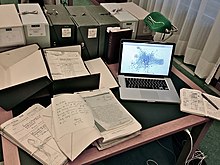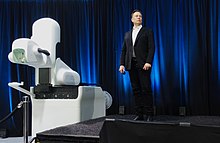

The main goal of academics is to present their research work in prestigious journals. The process of publishing a paper is a laborious one, and not just competitive. Academic publishers like Elsevier receive about 2.6 million research papers each year. Editors and peer reviewers have to carefully select the most credible research papers for publication.
Manuscript authoring with AI
Manuscript development process is a task that not only includes biomedical statistics and results but also editing, reviewing, and checking content for plagiarism. Although a researcher finds this process lengthy and time-consuming, the effort is worth million-dollar research grants. Most researchers are ESL (English as second language) and need to polish their manuscript for English language errors.
Today, AI tools like Grammarly.com have made polishing of research papers a very simple process. They not only rectify errors related to grammar and punctuation, they also contain sophisticated algorithms to check for terminology in reference to a context. Algorithms are also developed to check for plagiarism of content. These AI tools are software like iThenticate.com.
Manuscript Images with AI
Most biomedical research papers get their scientific integrity from the professional images that they publish. Most images are of microbiology and techniques, such as Western blot. The images are taken from a magnified slide, and this may lead to overlapping of images accidentally. The pictures of these images have to be stored, and their duplication has to be prevented. Careful attention needs to be paid to images as their duplication in papers would get the paper rejected by a journal.
A research paper can contain several sub-images, so researchers now make use of AI to compare all sub-images for authenticity. Duplication of images is avoided with the use of a software that preserves the integrity of images. An automated software named Proofig is an excellent example of AI in manuscript images. This software uses computer vision for scanning a manuscript. Then, all the images are compared within minutes. Any duplication of images is flagged off by this software.
Manuscript review process with AI
A peer reviewer has to carefully parse through the content of the manuscript, identifying the novelty of research and guiding researchers in their work. They also check the accuracy of the results presented in the paper. This is a time-consuming process for many publishers.
ChatGPT is the latest tool of AI and based on the GPT-3 algorithm. It enables a researcher to write a paper efficiently, providing content that is most relevant to the field of study. Now, AI supports the needs of researchers and editors. Scientific research is not completely automated by AI. It needs the efforts of scientists and publishers.

